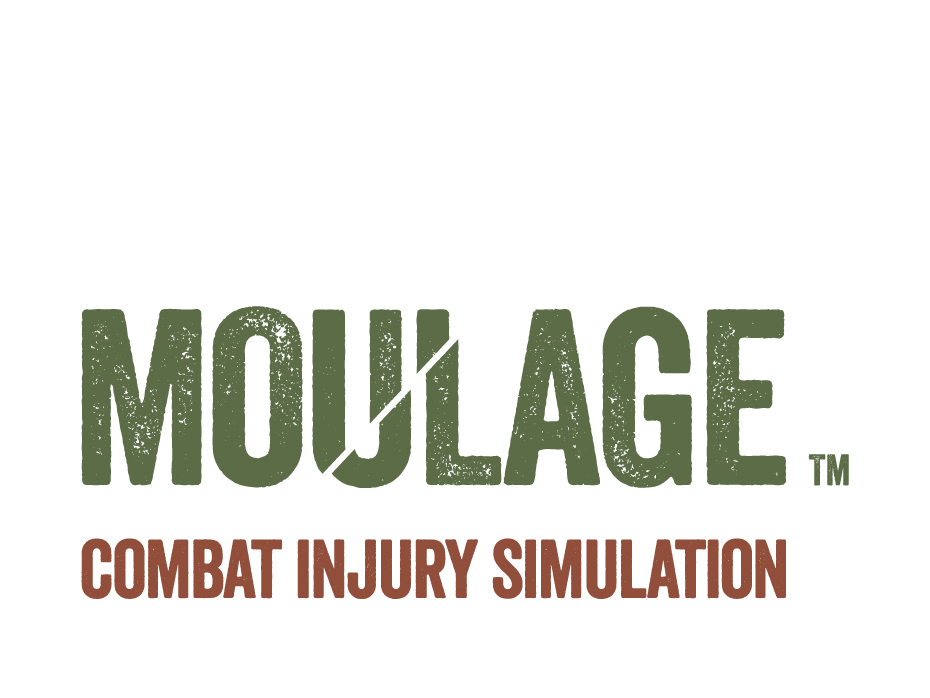Army Medical Initiatives Serve in Saving Lives
Medical advancements and achievements in military pre-hospital care medicine have significantly contributed to the highest wartime survival rate in history. According to recent data gathered by the Secretary of Defense of Health Affairs the battlefield survival rate now stands at 97 percent. Thanks to ongoing research, development, pre-deployment training, and initiatives that provide solutions to medical issues experienced by the deployed military, over 54% of soldiers wounded in action return to duty within 72 hours of treatment. The military is also experiencing the lowest disease and non-battle injury rates for deployed personnel, with just 5 percent in Afghanistan.
Some examples of initiatives are two major components that have been introduced into field medicine for testing: the use of portable ultrasound machines, and liquid “bandages”. Ultrasound equipment uses high frequency sound waves to scan inside the body for injuries that are not readily visible. This tool has been invaluable for helping first responder medics streamline their time in triage thereby saving more lives. The ultrasound units were tested in a combat environment last year in Afghanistan and have been proven to be a valuable diagnostic tool for faster treatment in theatre.
These ultrasound devices are small, like a laptop computer, weigh a mere 5 pounds and run on regular batteries. However they are fully capable of locating and identifying internal injuries, such as blood in the abdomen, bone fractures, or a collapsed lung. They provide clear images of nerve bundles and veins which greatly aids in administering anesthesia or inserting intravenous lines. Soldier physicians and combat medics are pushing for wider distribution and additional medic training initiatives as part of training in their use.
In the final stages of approval is a liquid bandage that can be applied with one hand in a combat environment. The dressing is used for minor lacerations, abrasions, and other types of skin irritations. Recently approved by the Food and Drug Administration, this liquid bandage may soon include medications to heal infections, speed up healing, and relieve pain. When applied the dressing quickly forms a protective barrier around the wound and immediately decreases bleeding. Remarkably it stays in place without sticking and is easily removed by peeling off without harming the injury. This type of self-care greatly improves first aid and allows the soldier to finish the mission without needing immediate medical assistance.
Our fighting forces can be confident in their mission knowing that today’s combat medics are so well trained and are now certified Emergency Medical Technicians. They are the forward strength of Army Medicine, and more advanced and capable than ever before.

